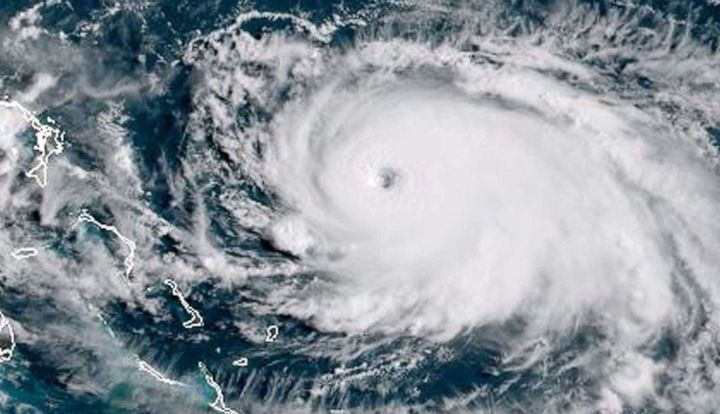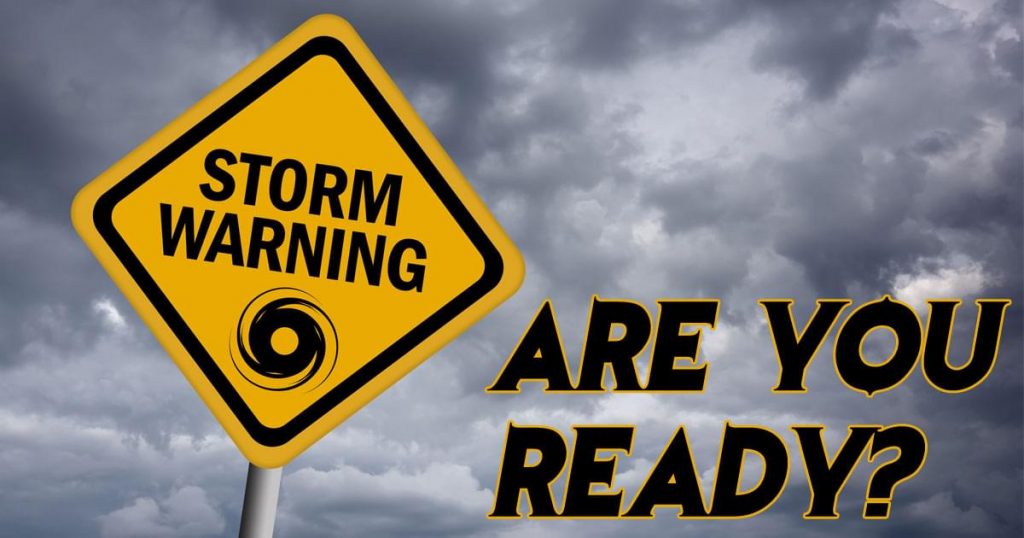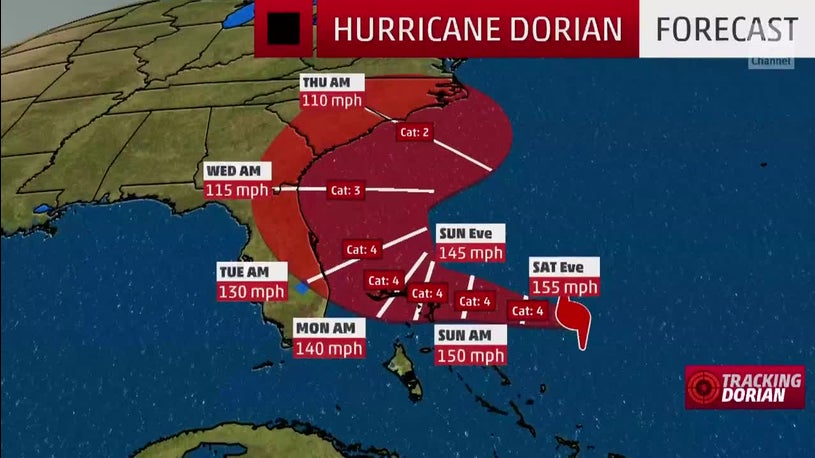
Plan well. Act early. Be ready. Stay strong.

Every year, millions of people are directly threatened and affected by the annual hurricane season. As unfortunate as it is, the government and aid organizations are not capable of supporting and protecting everyone who is in the path of tropical storms and hurricanes. As that is the case, the responsibility to be prepared for incoming storms becomes yours. Fortunately, government, environmental and weather agencies are able to predict and track tropical storms days and possibly weeks in advance of impact. This allows those in their path to prepare to deal with the enormous power of a hurricane and what it can do. As of this writing, Hurricane Dorian has just been upgraded to a Category 5 and is on track to wreak havoc in the Caribbean and Eastern Gulf.
I’ve included several free preparedness resources at the end of this post for you to review and use towards your disaster preparedness plan.

No two people’s situation is the same. Variables such as location, storm intensity, flood planes, geography, population density, transportation routes and government support in the area can play a key role in developing a disaster preparedness plan.
Depending on those variables, you may decide to stay or evacuate after preparing adequately to do so. Especially if you’re in its path.

Having a timeline and trajectory map of an incoming storm can play into the preparedness plan and your timelines (to either start stocking up or packing up to leave). With the right pre-positioned supplies and logistical plan in place, you stand a much higher chance of being able to “weather” the storm (pun intended).
Storms bring with them other issues, such as power outages, flooding and disruption in supply and logistics to an affected area. Hurricanes are a savage combination of extreme weather, flooding, power disruption, and general chaos.
Here is an excerpt from our new Disaster Preparedness Guide to help with your preparations:
If you are in a flood-prone area, pre-position supplies to defend your home with (sand bags, shovels, sand, plastic sheeting, pumps, etc) and check in with your local emergency management office to understand their response plans for your area. Ask them for local maps and plans identifying urban waterways, underground streams and rivers as well as overflow
*Excerpt from the 2nd edition of the TNT Disaster Preparedness Guide.
• Be prepared to evacuate the area and consider keeping several air-tight (such as Nanuk, Pelican, etc.) to store important personal items which you may not be able to take with you and store in the upper levels of your house upon evacuation to ensure their safety.
• Pay attention to local weather reports. If there are flood warnings, stay away from waterways as their volume and speed can be deceptively dangerous and sweep away people, vehicles and even houses (I’ve seen it).
• Stay away from flood-affected areas if possible and be aware that all flood waters are likely contaminated and you should wash & decontaminate yourself and clothing. Wash your hands regularly.
• Consider all your non-bottled water as contaminated. Boil and purify as required. If possible, fill up your bathtub (clean it first) and make yourself a reservoir of water you can access for sterilization and drinking. You can also use a WaterBob to line your tub and contain the clean potable water for later use.

See below for more tips. The sooner you start preparing the better chance you’ll have.
Further free resources:
- CNN Article on Hurricane Preparedness + Checklist
- Federal Emergency Management Agency (FEMA) on Hurricanes.
- National Hurricane Centre – Preparedness
- Red Cross – Hurricane Safety
- Centers for Disease Control & Prevention (CDC) – Hurricane Readiness
- National Safety Council – Hurricane Tips
- Miami-Dade County – Hurricane Readiness Guide (PDF)
Don’t be caught unprepared. May you and your loved ones stay safe.
-Stay Crafty

For a more generalized disaster preparedness perspective for urban and suburban areas, get yourself a copy of our newly updated Guide, HERE (in paperback and e-book formats).

